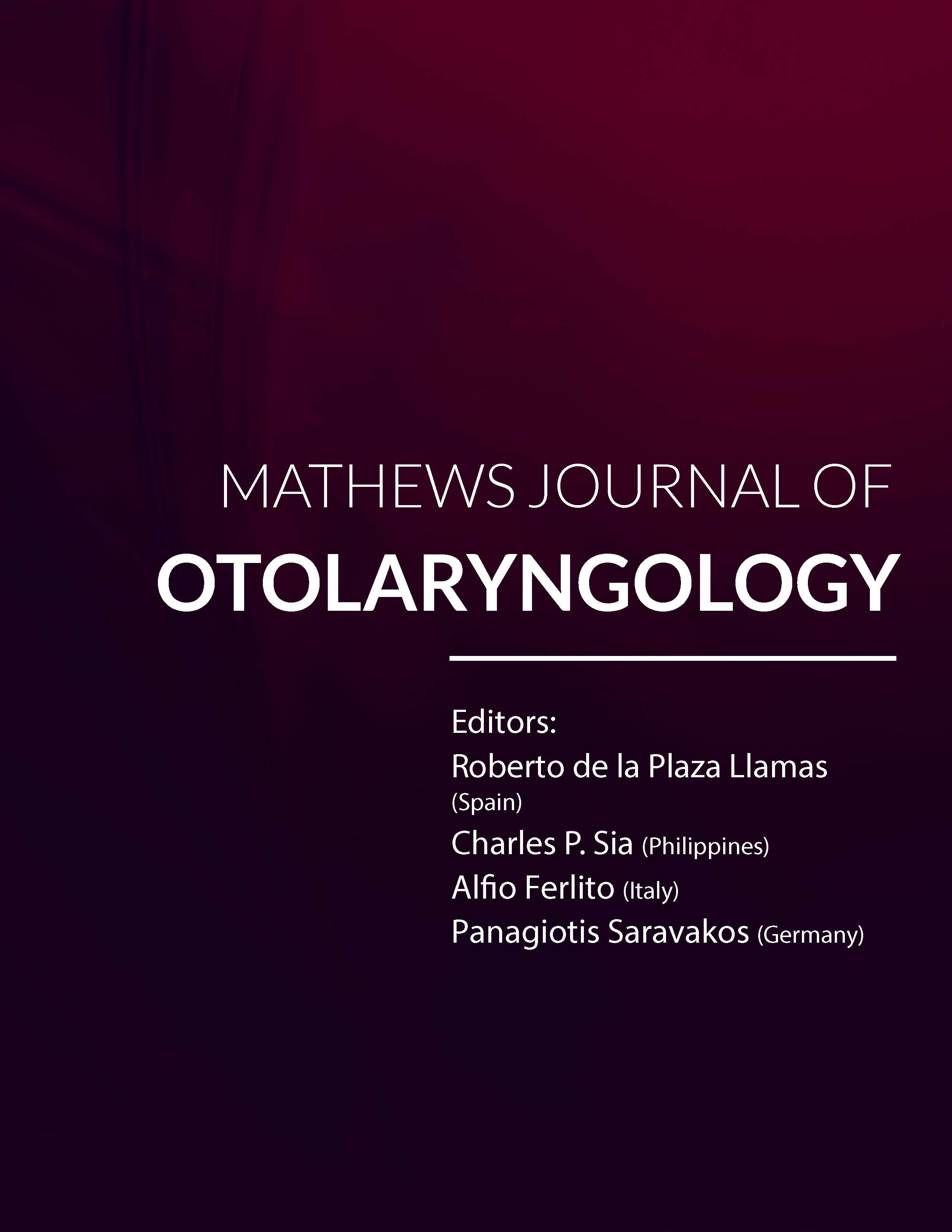
Information Links
Previous issues
Previous Issues Volume 2, Issue 1 - 2023
About the Physiology of Hearing
Myjkowski Jan,* Mielec Polska
Otolaryngology Clinic in Mielec, Poland
*Corresponding author: Jan Myjkowski, Otolaryngology Clinic in Mielec, Poland; Email: [email protected].
Received Date: March 02, 2023
Published Date: March 16, 2023
Citation: Myjkowski J, et al. (2023). About the Physiology of Hearing. Mathews J Otolaryngol. 2(1):05.
Copyrights: Myjkowski J, et al. © (2023).
ABSTRACT
The hearing theory announced in the first half of the 20th century by Georg von Bekesy requires reviewing and updating. There has been a huge advancement in the sciences ever since, which allows a deep understanding of processes responsible for the reception, processing, and transmission of acoustic information. The study paid attention to several issues related to hearing, which require a deeper analysis. A bold hypothesis was stated that the signal in the form of a sound wave does not necessarily have to run through the cochlear fluids and the basilar membrane. It may reach the hearing cells through the bone of the cochlear enclosure. Attention was drawn to the meaning of the swinging motions of the stirrup and of the inertia in the middle ear and the inner ear. Hearing sounds on the border of the auditory threshold is discussed in the paper, Attention was paid to the problems of mechanical amplification of soft tones of different intensity and frequency, A new mechanism of signal amplification has been proposed, taking place intercellularly ad the molecular level. The problem of the basement membranę resonance during the reception of very short or low frequency was pointed out. The mechanism of the auditory cells has been described. The role of hearing sound wave conduction through soft tissue and bone is emphasized.
Keywords: Acoustic Cells, Amplification, Protein Molecules, Receptor, Stapedotomy, Ionic Canals, Transforming, Transmitting Auditory Information.